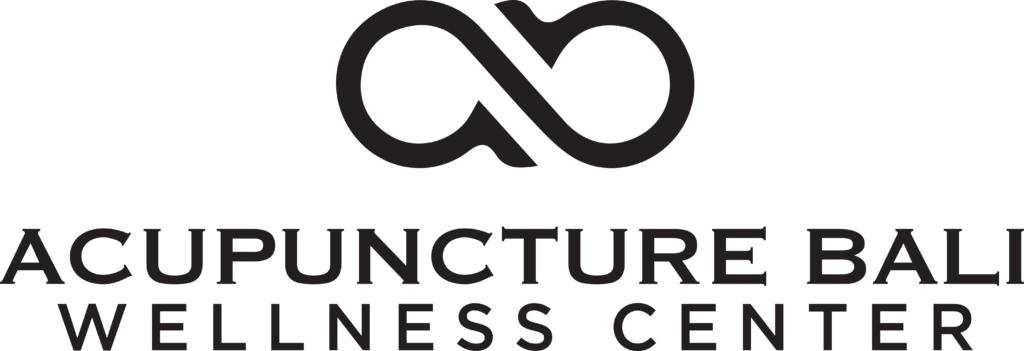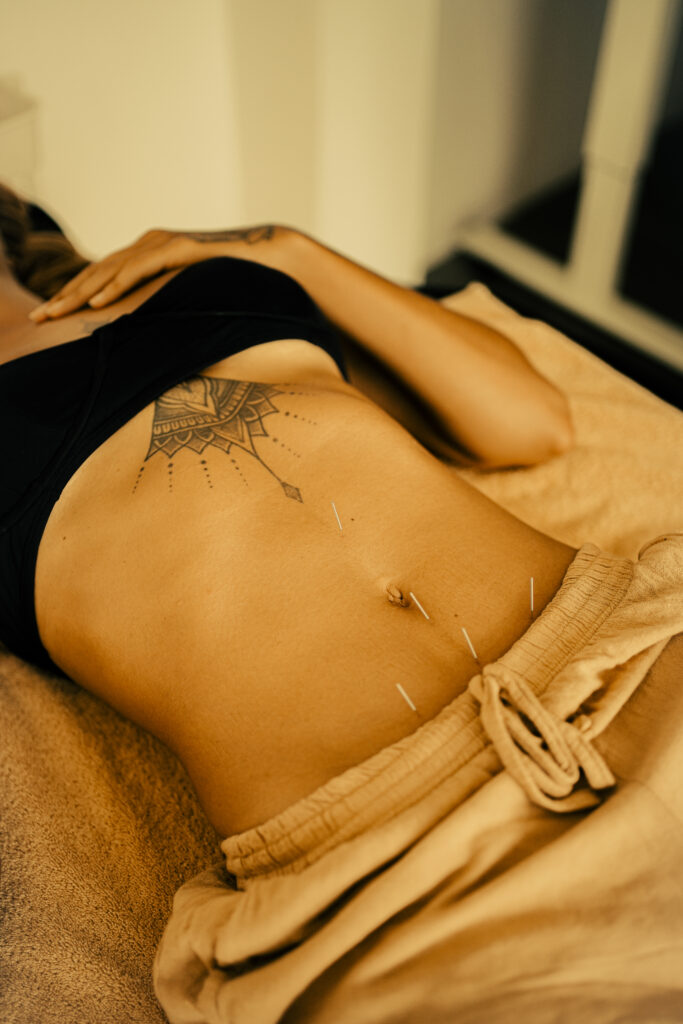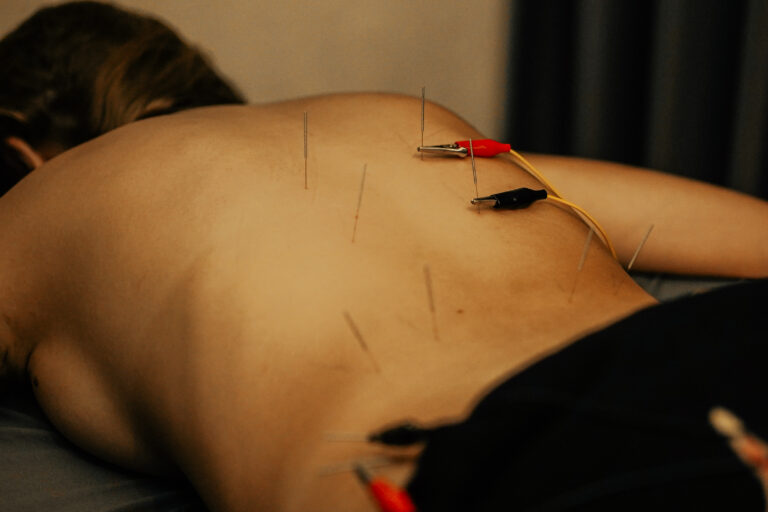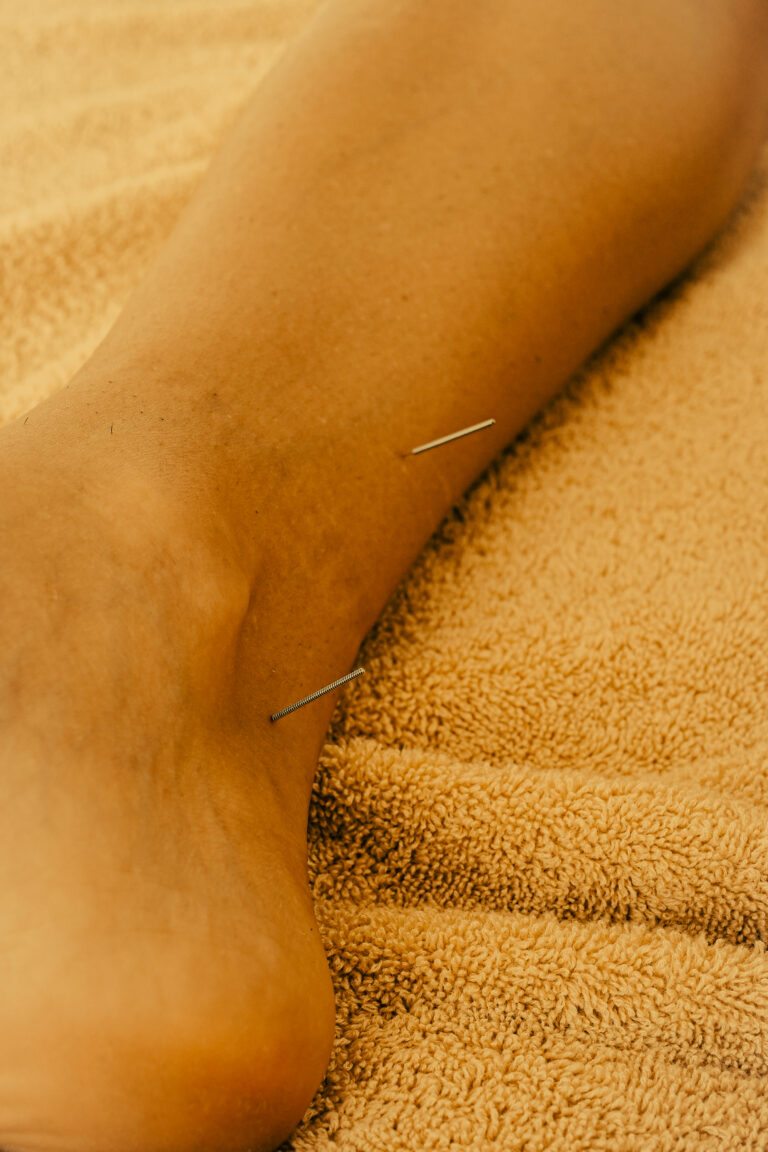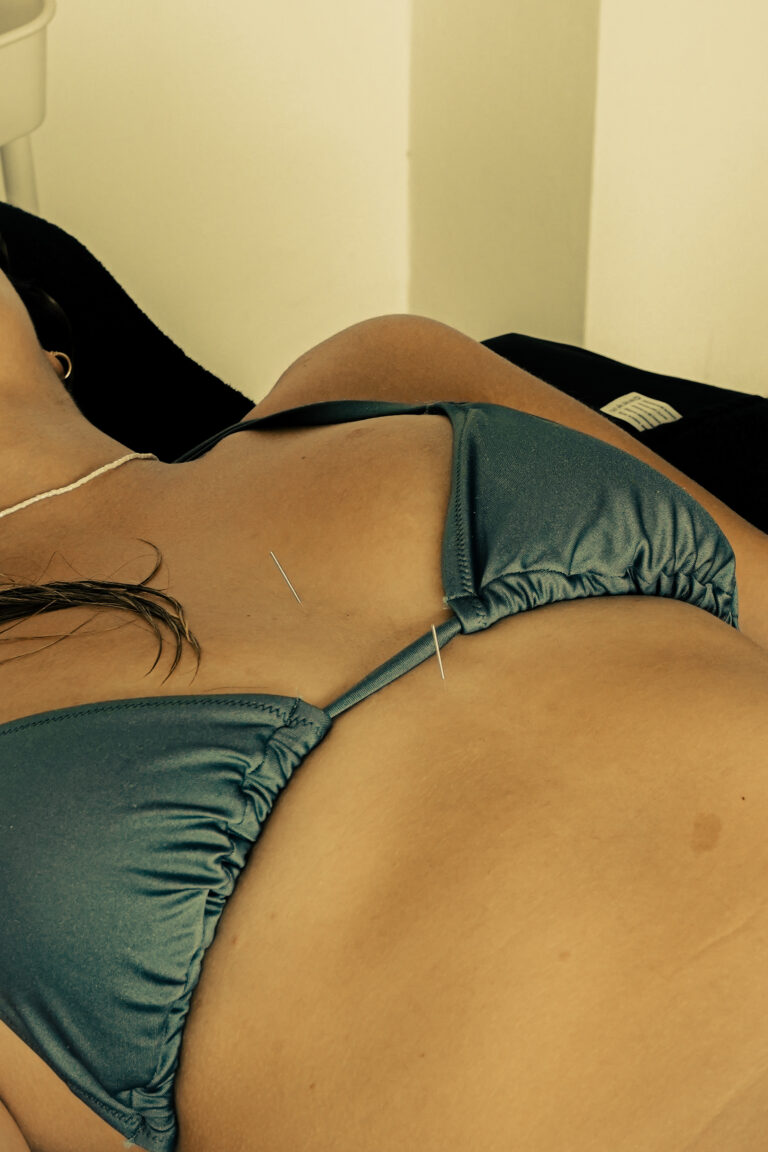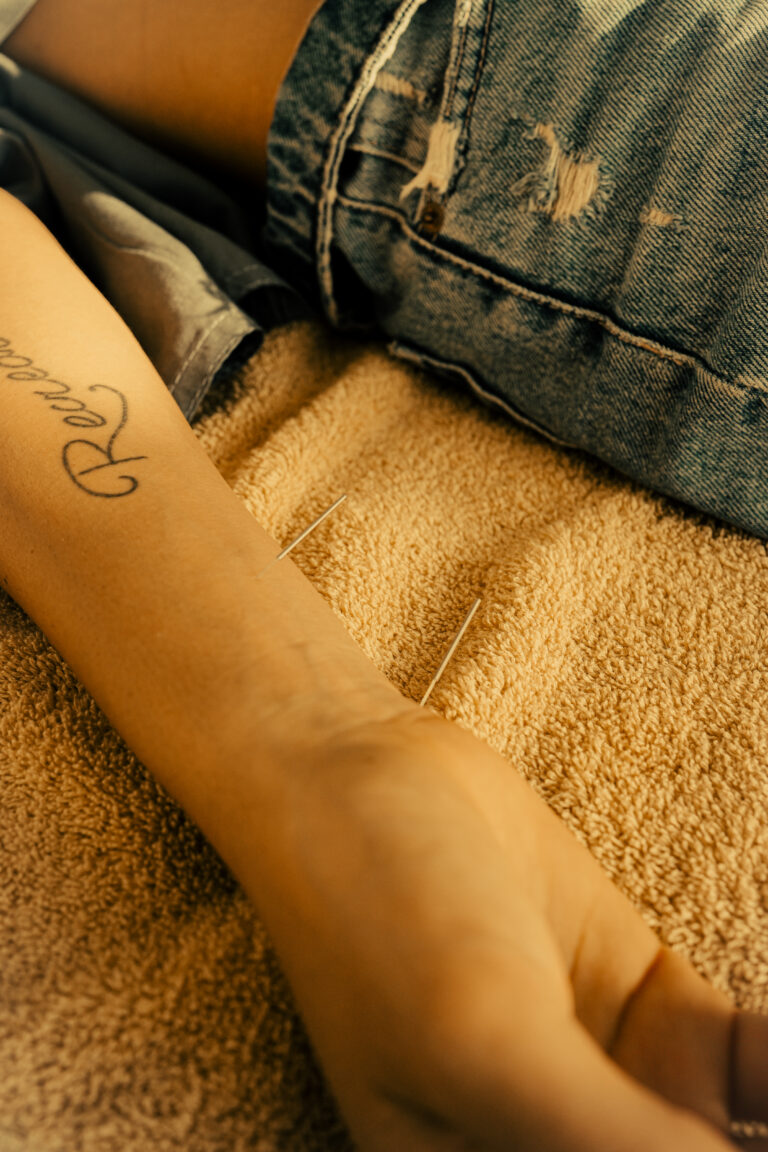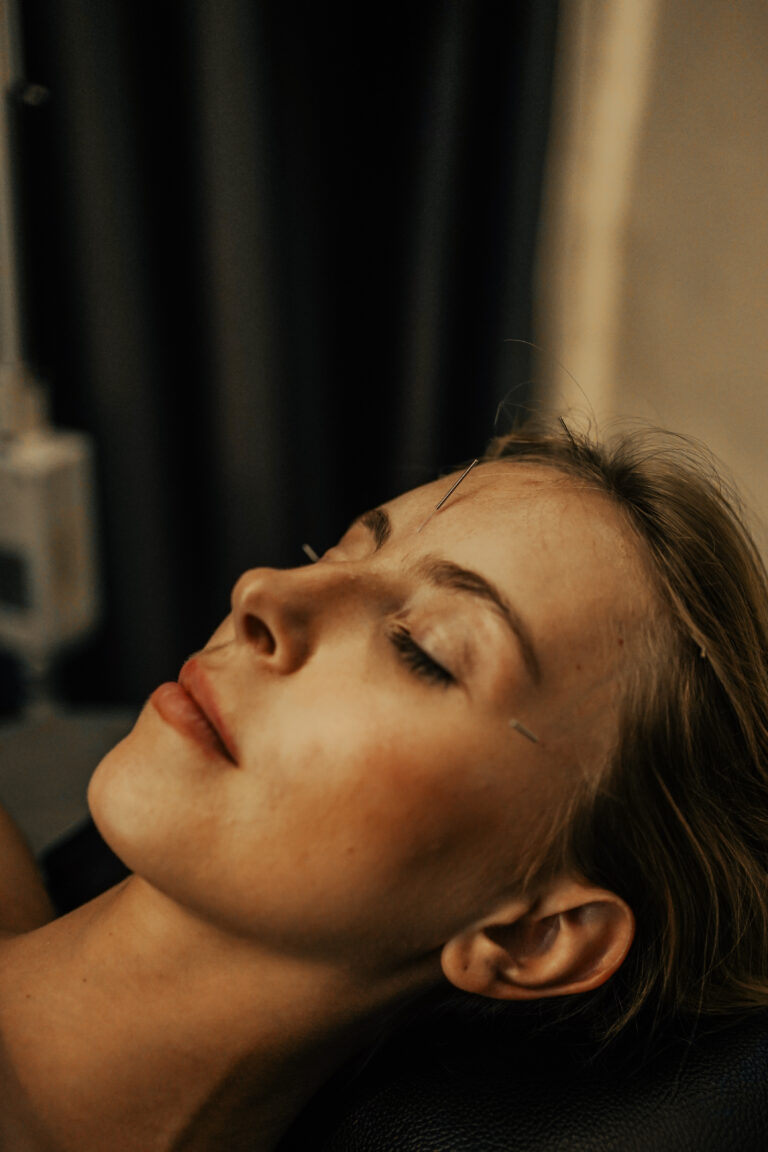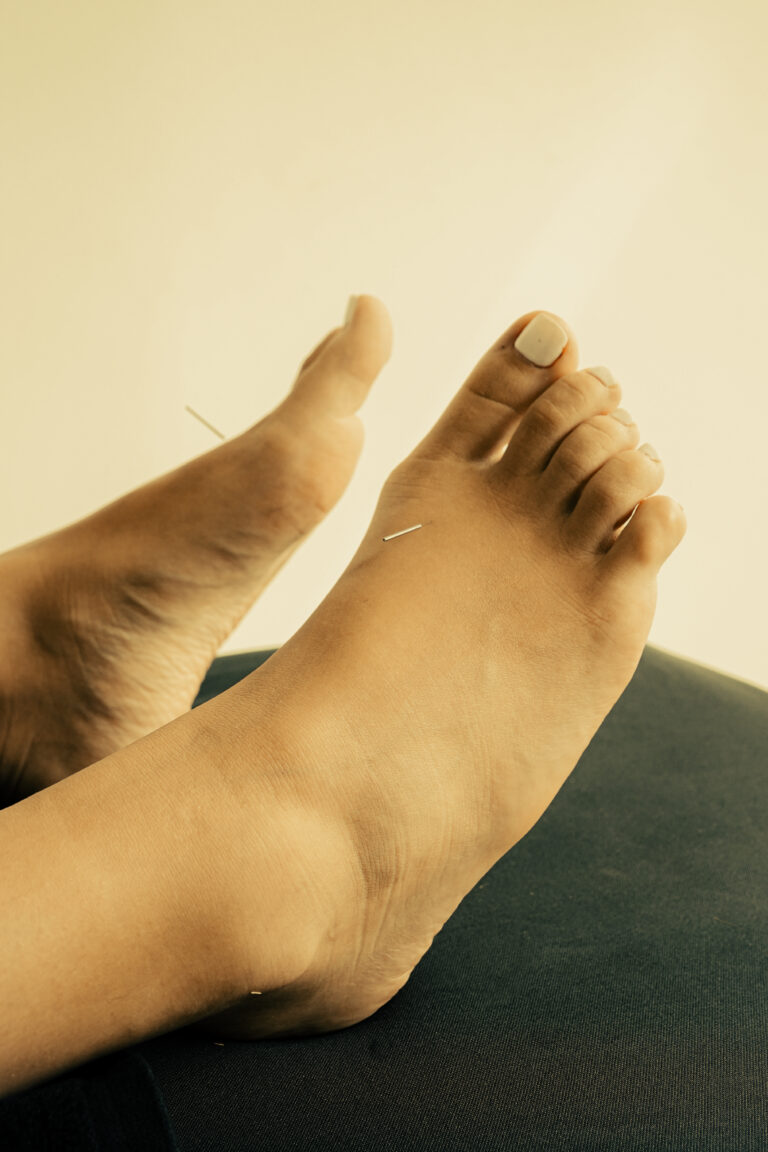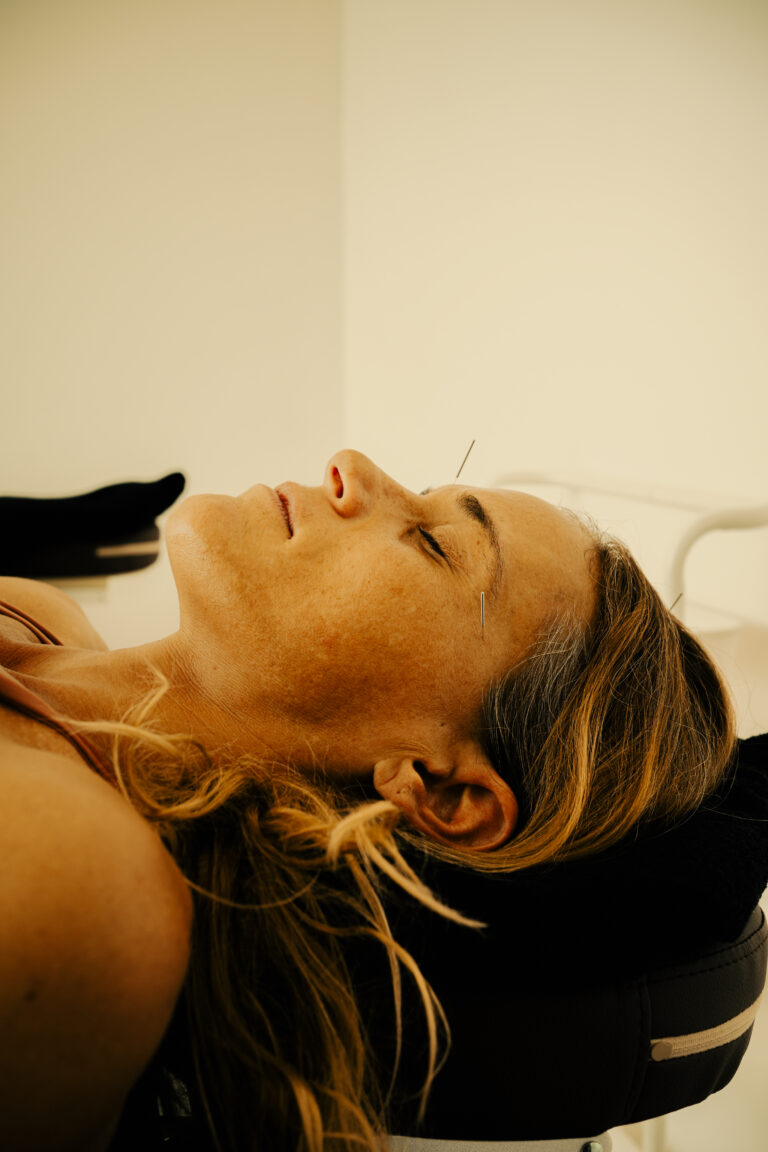In Traditional Chinese Medicine (TCM), menstrual health is closely linked to the Liver (Gan) because the Liver stores and regulates Blood (Xue). During menstruation, the Liver ensures smooth flow of Qi and Blood to the uterus.
When Liver Blood is deficient, stagnant, or obstructed, the uterus may not receive sufficient nourishment or free flow, resulting in painful menstruation (dysmenorrhea). This pain is often accompanied by other symptoms such as mood swings, fatigue, clots in menstrual blood, or irregular cycles.
From a TCM viewpoint, menstrual cramps are not simply local pain but a reflection of deeper Qi and Blood disharmony, often involving the Liver, Spleen, and Kidney.
Key Organ Systems Involved
- Liver (Gan)
- Stores Blood and ensures smooth Qi flow.
- Deficiency or stagnation causes cramps, clots, and PMS symptoms.
- Spleen (Pi)
- Produces Blood and holds it within the vessels.
- Weak Spleen Qi can lead to Blood deficiency, affecting menstrual flow.
- Kidney (Shen)
- Provides Essence (Jing) and supports reproductive function.
- Kidney deficiency can cause chronic menstrual issues.
- Heart (Xin)
- Governs Blood circulation and houses the Shen (spirit).
- Emotional stress can disturb Heart-Liver connection, worsening cramps.
Common TCM Patterns for Menstrual Cramps
- Liver Qi Stagnation
- Symptoms: distending lower abdominal pain before menstruation, breast tenderness, irritability, clots in menstrual blood.
- Tongue: normal or slightly red sides.
- Pulse: wiry.
- Liver Blood Stasis
- Symptoms: sharp, fixed pain during menstruation, dark menstrual blood with large clots.
- Tongue: purple or with purple spots.
- Pulse: choppy or wiry.
- Liver Blood Deficiency
- Symptoms: dull pain after menstruation, scanty menstrual flow, pale complexion, dizziness.
- Tongue: pale and thin.
- Pulse: thin and weak.
- Cold in the Uterus
- Symptoms: severe cramping relieved by warmth, dark menstrual blood, slow flow.
- Tongue: pale with moist white coating.
- Pulse: tight and slow.
Treatment Principles in TCM
- Soothe Liver Qi to reduce premenstrual tension.
- Invigorate Blood to remove stasis and relieve pain.
- Nourish Liver Blood to restore uterine health post-menstruation.
- Warm the Uterus in cold-type patterns.
- Harmonize Liver, Spleen, and Kidney for long-term balance.
Diet and Lifestyle Tips (TCM-Based)
Diet Tips
- For Liver Qi stagnation: green vegetables, mint tea, citrus peel.
- For Blood deficiency: beef, chicken, eggs, spinach, red dates, goji berries.
- For Blood stasis: turmeric, ginger, cinnamon in moderation.
- For Cold uterus: avoid raw/cold foods; consume warming soups and spices.
Lifestyle Tips
- Avoid excessive stress; practice meditation or Qigong.
- Keep lower abdomen warm during menstruation.
- Maintain regular meal and sleep patterns.
- Gentle exercise before menstruation to aid Qi flow.
Daily Acupressure for Menstrual Cramps
- LV3 – Tai Chong (太冲)
- Location: On the foot, between the first and second toe bones.
- Function: Moves Liver Qi and Blood, relieves menstrual pain.
- SP6 – San Yin Jiao (三陰交)
- Location: 3 cun above the medial malleolus, behind the tibia.
- Function: Nourishes Liver, Spleen, and Kidney; regulates menstruation.
- CV4 – Guan Yuan (關元)
- Location: 3 cun below the umbilicus on the midline.
- Function: Warms the uterus, tonifies Blood, relieves cramps.
- ST36 – Zu San Li (足三里)
- Location: 3 cun below ST35, one finger breadth lateral to the tibia.
- Function: Strengthens Spleen and Stomach, nourishes Qi and Blood.
- LI4 – He Gu (合谷)
- Location: Between thumb and index finger.
- Function: Moves Qi and Blood, alleviates pain. (Avoid during pregnancy)
Technique: Apply moderate pressure for 1–2 minutes per point daily, especially 3–5 days before menstruation.
TCM Treatment Recommendations
- Acupuncture: LV3, SP6, CV4, ST36, LI4 for Qi and Blood regulation.
- Moxibustion: Over CV4 and SP6 for Cold-type dysmenorrhea.
- Cupping: Lower back and sacral area to promote circulation.
Conclusion
Menstrual cramps in TCM are a sign of Liver Blood disharmony—whether from stagnation, deficiency, or cold. By addressing the root cause, TCM offers natural, holistic solutions that not only relieve pain but also improve menstrual health and emotional well-being. A combination of dietary therapy, acupressure, acupuncture, and herbal medicine can bring long-term balance to the menstrual cycle
Sources
- Maciocia, Giovanni. The Practice of Chinese Medicine: The Treatment of Diseases with Acupuncture and Chinese Herbs. Elsevier, 2005. ISBN: 9780443074905
- Deadman, Peter, Al-Khafaji, M., & Baker, K. A Manual of Acupuncture. Journal of Chinese Medicine Publications, 2007. ISBN: 0951054651
- Chen, John K., & Chen, Tina T. Chinese Medical Herbology and Pharmacology. Art of Medicine Press, 2004. ISBN: 9780974063504
